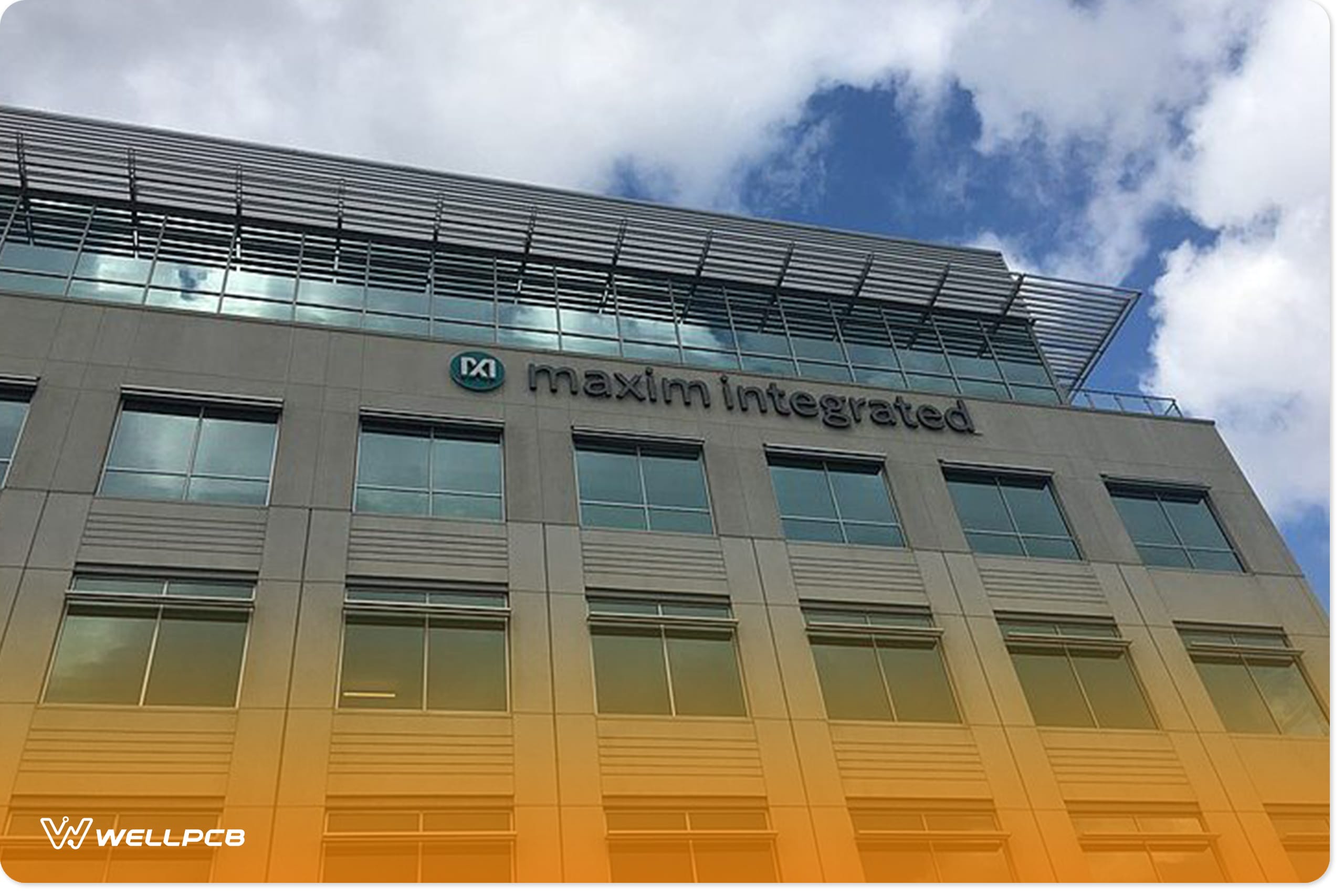PCB industry
China PCB-What You Need to Know
One attractive thing with China PCB is fair pricing and superior quality relative to the price paid. China PCBs have an online platform to place an or...
Appetite for Acquisition: How Maxim Integrated Bought Its Way Into the NASDAQ Top 100
Maxim Integrated describes itself as a company that makes “innovative and high-performance analog and mixed-signal products and technologies [that] ma...
PCB Technologies-What’s Next for PCBs?
It was more than seven decades ago when the first PCB was designed. Ever since then, this component has become an integral part of many electronic dev...


